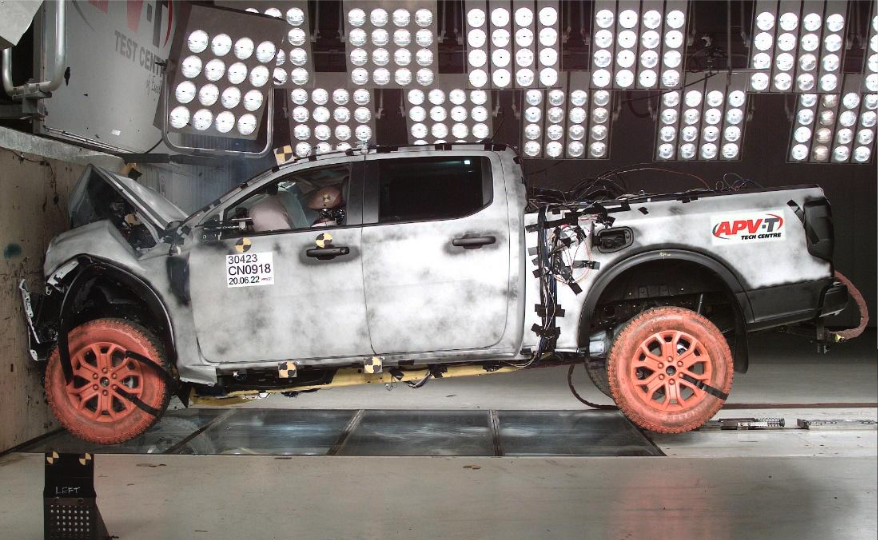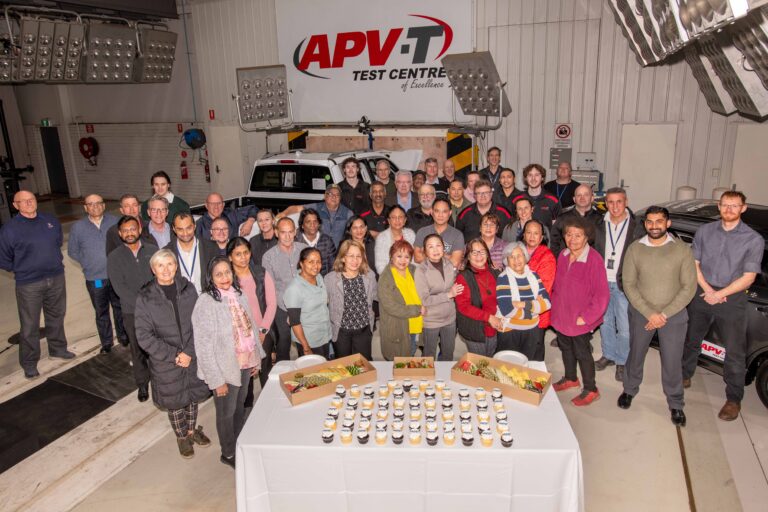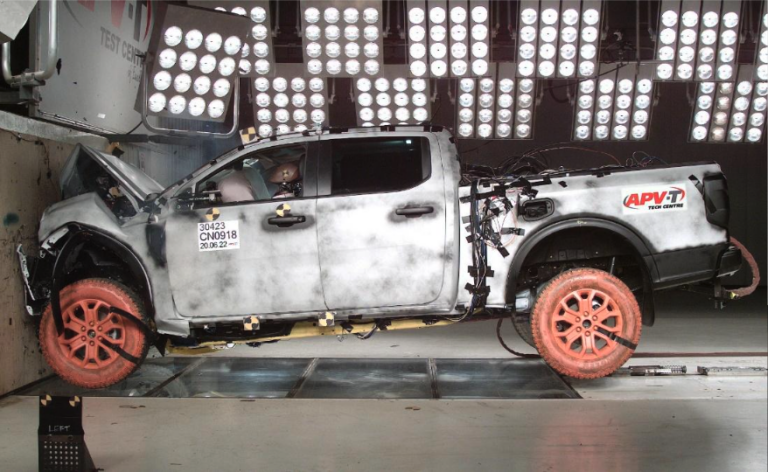Melbourne-based APV Corporation has announced that they expect to launch the new APV FutureEdge consortium at the upcoming Land Forces expo, offering multi-domain defence research test and evaluation capabilities.
APV FutureEdge is a consortium that brings together research and test and evaluation (T&E) capabilities to support future defence programs, offering multi-domain T&E services across advanced research, advisory, simulation and product engineering.
The T&E offering will operate across the entire capability life cycle (CLC), enabling CLC and technical risk mitigation in hopes to help defence, the primes, industry and SMEs achieve enhanced T&E capabilities.
The consortium members include APV, APV subsidiary APV Engineering and Testing (APV-T), Friedman Research Corporation (FRC), RMIT and Memko.
According to APV, the companies are expected to deliver the following services:
- program management from APV;
- physical T&E from APV-T;
- aerospace, technical regulatory framework compliance and advisory support from Memko;
- research and experimentation support from RMIT; and
- research, advanced modelling and simulation from the Friedman Research Corporation.
“Physical test costs are significant, and the risk of failure can be high when validation programs are left late in the product engineering cycle,” Harry Hickling, managing director of APV Corporation, said.
“APV FutureEdge changes this with advanced research, modelling and simulation capabilities to bring virtual testing into the upfront product engineering phases. Systems integration issues are more easily tackled, and thousands of alternative test cases can be performed.
“With correlation against physical test results and the adoption of new test technologies such as digital twins, we now transform the traditional approach to testing into an exciting new digital T&E domain. Digital Twins and our library of simulation models allows APV FutureEdge to provide an exciting frontier for Australia’s Defence industry to support the design and development of products and systems that have not been easily validated and tested in the real world during their development cycle.”
APVT-T is a leading Australian vehicle safety and testing company, having provided safety services to a range of clients including Ford Australia, and conducting over 40 crash tests in the last year. Recently, the company supported the industry in system and component level testing, which included “a vibration test program to resolve wiring harness in-service durability issues”.
Currently, FRC is delivering advanced research and virtual testing services which will analyse blast, fatigue, vehicle mobility, safety as well as research and test programs across North America. Industries operated in by FRC include advanced manufacturing and hypersonics development.
Local company Memko delivers multidisciplinary aerospace engineering capabilities to international original equipment manufacturers (OEMs), primes and government departments, and has worked across product design, certification and compliance.
Meanwhile, RMIT is expected to support the consortium with their experience in defence spanning over a century across education, materials research, fatigue, durability, flight training and aerospace. It is hoped that RMIT’s collaboration with the DSTG on the Structures and Materials Research Program (SMaRP) will support their collaboration with APV FutureEdge, enhancing industry test and evaluation capabilities.
“At APV-T there is no job that is too big or too small — our mission is to work collaboratively with our customers in support of their vision to achieve success,” Hickling continued.
“We frequently provide equipment and resources to customer sites in support of their engineering and T&E teams. By working collaboratively with our customers and international T&E practitioners, we bring a level of international capability that would otherwise be well out of their reach. APV FutureEdge builds on this vision to bring like-minded T&E practitioners together in support of Defence, primes, industry, and importantly, SMEs.”



